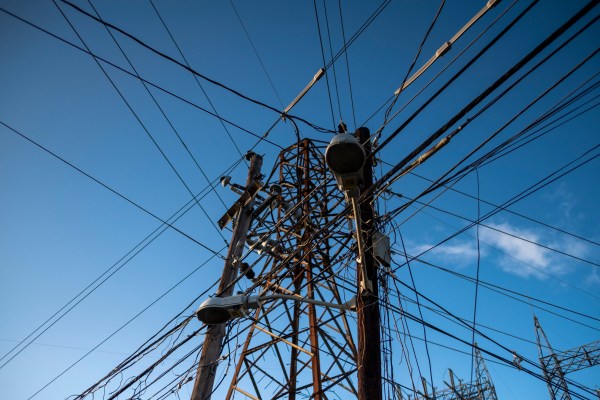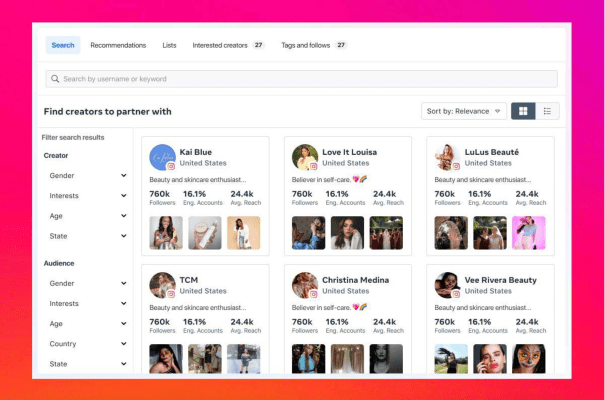A single question changed how Singularity viewed its market – TechCrunch
The startup says most companies’ carbon footprint math is bogus

When Wenbo Shi started Singularity Energy, a carbon intelligence platform that today raised a $4.5 million seed round, he never thought he would focus the company on a greenhouse gas. But one conversation with a customer changed the way he viewed his product and, ultimately, his company and the type of customers it now serves.
“The journey was really customer driven, to be honest. When I started the company three years ago, I wasn’t thinking of carbon at all,” Shi said. “The first idea that I had for Singularity was that we’d do intelligent control for batteries, for EV charging, for those types of things. The objective for battery control is always going to be, ‘How can I save money for the customers?’”
A few years ago, Shi and Singularity had that goal in mind when working with the Harvard Innovation Lab, which houses entrepreneurial resources for Harvard Business School students. The university was looking to pair a battery with solar panels on the building’s roof.
“During one of the conversations, they brought up carbon. ‘Can you actually consider carbon as a signal?’” Shi recalls them asking. The university wanted to install a battery not just to save money, but to lower the campus’s carbon footprint.
“I had never thought of carbon because I was like, ‘Oh, I’m a power system guy,’” Shi recalled. But after the conversation with Harvard, “then I was like, ‘Oh, that’s a very neat idea.’ If I know how clean or how dirty the power grid is, then to me it’s another control signal. It’s an optimization objective, which should be pretty straightforward to integrate with the software.”
It turned out that incorporating carbon as a control signal changed the math for Harvard’s battery project. Shi had discovered that optimizing for cost alone would increase pollution, a revelation that occurred after he started analyzing the grid’s carbon emissions on an hourly basis as opposed to the more commonly used annual averages.



